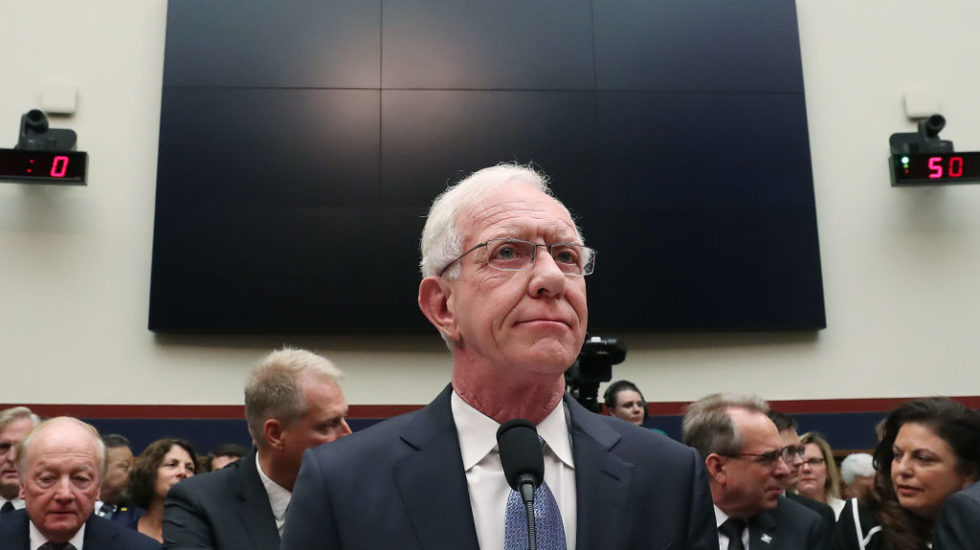Retired airline pilot “Sully” Sullenberger told a House panel Wednesday day that after using a flight simulator to learn what pilots of two Boeing 737 Max jets faced before they crashed, he understands why they lost control.
Sullenberger testified before the Transportation Aviation Subcommittee that’s investigating Boeing and the 737 Max, which has been grounded for months since the crashes in Indonesia and Ethiopia that killed 346 people.
Sullenberger was the pilot who pulled off the “Miracle on the Hudson” in 2009, landing his crippled jetliner in the Hudson River off Manhattan with no loss of life.
He told lawmakers that the “startle factor” when new flight-control software on the upgraded 737 jets misfired “was real and confusing, and he understood the difficulty the crews faced to regain control,” reports the Associated Press.
He said all pilots — including those with long experience flying previous versions of the 737 — should get “detailed training” on flight simulators like the one he used.
“Reading about [the revised software] is not even close to sufficient,” Sullenberger said.
Also testifying today was the president of the pilots’ union at American Airlines, Daniel Carey, who said in prepared testimony that “Boeing’s zeal to minimize pilot-training costs for airlines that would buy its 737 Max jet … led to the two deadly crashes and left a ‘crisis of trust’ around aviation safety,” reports CBS News.
“The comments underscore the challenges that Boeing still faces in winning the confidence of pilots that the Max can be made safe,” says CBS. “Those pilots, in turn, are key to convincing reluctant passengers to fly on the plane.” reports CBS News.
The new Boeing software, called MCAS, was intended to make the Max feel like previous 737 models to pilots — despite engines that were larger and moved forward on the wings, which altered the jet’s flight characteristics. Designed to prevent the aircraft from stalling in a steep climb, MCAS forced down the noses of both planes that crashed as the pilots struggled to keep them in the air.
“This was a fatal design flaw built into the aircraft at the factory,” Carey told CBS.
Carey and Sullenberger have previously suggested that the FAA has too cozy a relationship with Boeing — particularly an agency policy that relies on Boeing workers to conduct safety tests and perform inspections.



